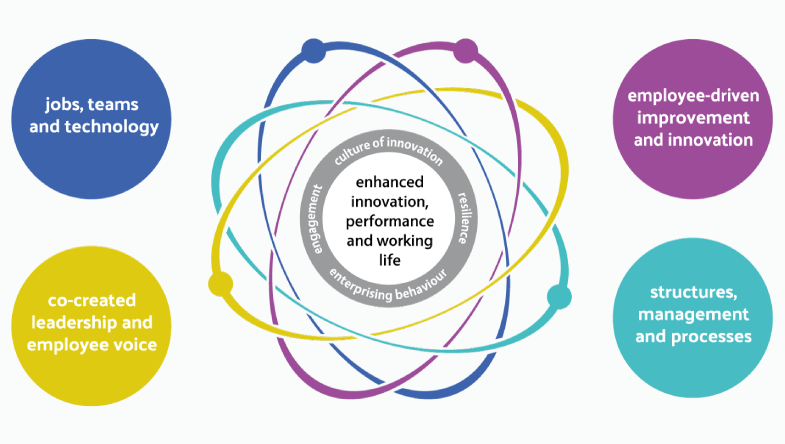Put away the whips if you want to row faster

Neil Devons
Workplace Innovation Europe CLG
Productivity is most often defined by dividing output by input – increase the former and/or lower the latter and productivity will increase and make everyone happy – but will it? Measuring productivity is an obsession with many business analysts, but are they looking at the right indicators to deliver sustainable change?
There is the story of a man in a hot air balloon who lands in a field by a stream with a view across to a village with a church spire. He asks a passer-by where he is and is informed that he is in a hot air balloon by a stream with a view across to a village with a church spire. He thanks the passer by saying ‘the information you have provided is perfectly accurate but completely b***** useless’.
Much is the same with those business analysts who merely rely on technical and statistical productivity data, and seek to improve efficiency by altering one or more of these indices while ignoring the fact that sustainable change starts and finishes with people. As the Harvard Business Review once observed, “All too often, they (business analysts) introduce methods that are very precise but ignore the real challenges managers face.”
There are still bosses whose idea of increasing productivity is that ‘if you whip them harder, they will row faster’. Too many employers and senior managers are still micro-managing, denying employees both information and input to decision-making, forcing them into one dimensional job roles and ignoring a rich vein of knowledge and creativity. What’s worse is that they are unable to see it for themselves, and that is perhaps their biggest challenge.
There is a mountain of research and practical evidence to demonstrate how productivity can be enhanced significantly by introducing new work practices that enhance job autonomy, responsibility, creative thinking, skills and multi-tasking, and team working, boosting competitiveness and employee well-being alike.
There are all sorts of opportunities out there. Introducing flexible or hybrid working, improvements in communication, participation in idea generation and decision-making, training and mentoring, supporting employees in understanding the strategic goals of the business (and welcoming their input), investing in technology and upskilling staff to use it – all are effective ways of improving productivity. There are plenty of proven pathways to help manage these changes to traditional work practices.
So how can employers identify what they are doing right and what is holding them back? Some rely on employee engagement surveys, which can do a good job of providing a snapshot of how things are but fail to offer deeper insights into organisational malfunction and opportunity.
Recent research from over 20,000 workplaces across Europe shows that organisations in which employees enjoy a high degree of autonomy and responsibility, regular opportunities for learning and development, direct participation in decision making, and ‘employee voice’ achieve significantly higher business performance as well as enhanced workforce health and wellbeing. Yet only around one tenth of UK companies have all these beneficial bundles of workplace practices in place.
As one senior HR specialist in an enlightened engineering business said: “If someone drops the ball, there is always someone to pick it up and we all learn from that.”
No need for whips there, then.





